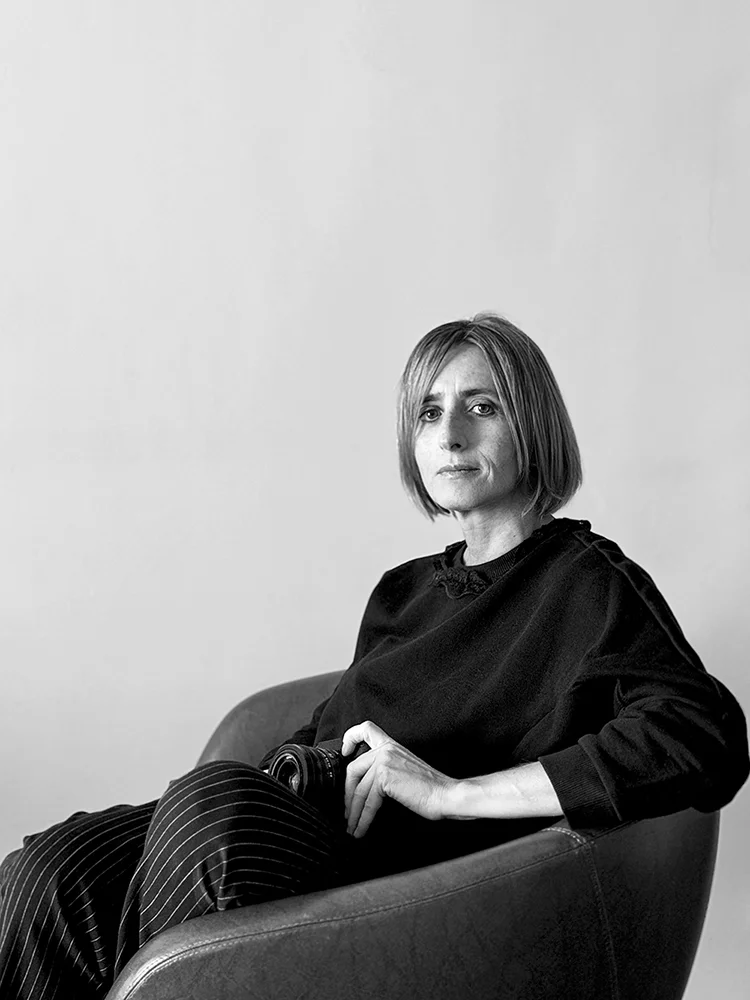Anna Marzia Soria lives and works in Bari as a freelance photographer.
After classical and legal studies, she dedicated herself to his great passion: photography. In 2015 she perfected herself with an advanced training course in photojournalism with the Italian photojournalist Marcello Carrozzo and in the same year with the photographer Uliano Lucas. In 2023 she follows a conceptual reportage photography course with Mario Cresci. Finalist and winner in various national and international photography competitions, she has received mentions, publications in online and paper photography magazines, present with his portfolio on Photovogue and on LFI with Leica Master Shots. Some of her individual shots and reportages have been exhibited at the ICP in New York, at the CIFA in Bibbiena (AR) at the "Trieste Photo days" Trieste Airport, at the "Casa degli Artisti" in Milan, in the PH21 photo gallery in Budapest , at the BIFB (Ballart Foto International Photography Festival) Australia, at the Xposure photo festival, street photography, Sharjah, United Arab Emirates, in the Ephemere gallery, Honcho, Konganei, Tokyo.
Statement
"The road gives so much: there are always different people who relate to reality in an authentic way and give pure energy."
Awarded Photographer of the Week - Week 01
